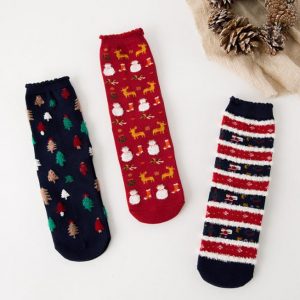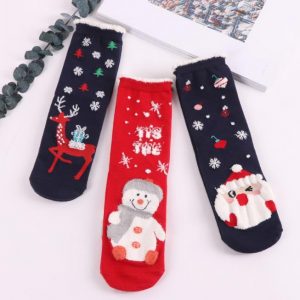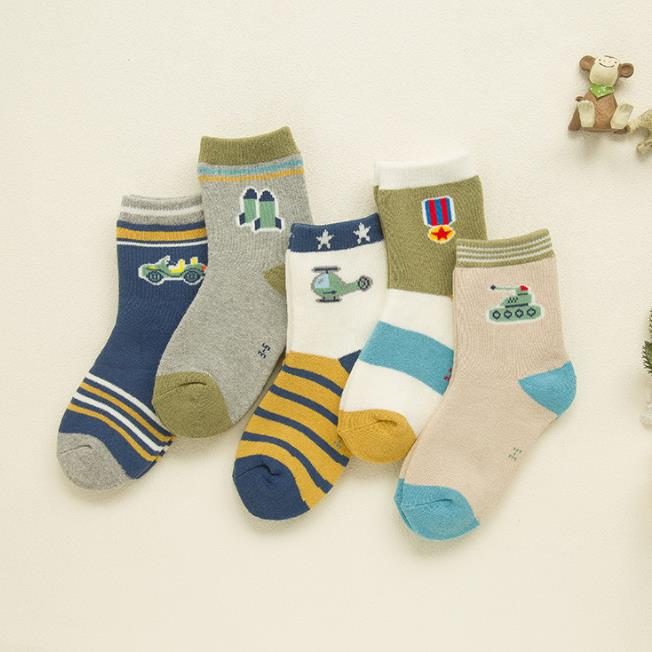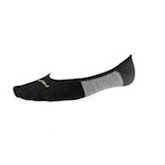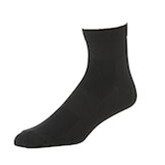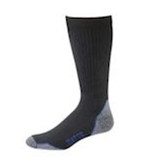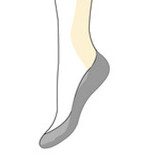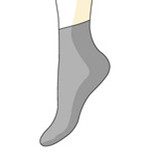According to the original material, socks can be roughly divided into the following categories:
A: plant fiber b: animal fiber c chemical fiber and regenerated fiber.
Plants include:
Cotton, hemp. Kapok, etc.; animals include: wool, rabbit hair, camel hair, silk, etc.;
Chemical fibers include:
Polyester, polypropylene, acrylic, nylon, etc.; synthetic fiber refers to a combination of two raw materials, including: cotton acrylic, cotton polyester, wool acrylic, cotton and linen, etc.
Plant fiber
1, cotton socks
Cotton socks are also divided into recycled cotton socks and raw cotton socks. The so-called recycled cotton socks are cotton socks that are woven from recycled cotton products through processes such as rinsing and coloring.
Due to the reprocessing of the recycled cotton, the original cotton quality is destroyed and the fiber will be shortened. Therefore, the recycled cotton socks are not wear-resistant and have poor sweat absorption effect. Some poorly made recycled cotton socks may also appear discoloration, smelly feet, etc. Condition. Some white recycled cotton socks will have obvious enzyme spots.
2
The raw cotton socks are made of natural cotton yarn directly woven into cotton socks. The fiber is long, wear-resistant, sweat-absorbent and not smelly. Some people have foot odor, part of the reason is related to the purchase of cotton socks. Good raw cotton socks can not only absorb sweat, but also play a role in sterilization.
Recycled cotton socks use recycled cotton products. There is no guarantee in terms of hygiene. In addition, the cotton fiber is damaged, so it can only play a role of wrapping, but cannot absorb sweat and sterilize.
2, linen socks
The high-quality original color linen is brown, shiny, and evenly absorbing water. The linen is not good in quality, and the linen that has been processed into soft fibers has uneven water absorption and will turn black when wet.
Animal fiber
1, wool socks
Wool is a very popular natural material for making socks. It is warm and soft, and can retain heat even when it gets wet. Unfortunately, wool socks are not easy to dry, and it is easy to wear on the feet (note: new wool materials such as mohair do not have this problem). If some other materials are not added, they can be easily worn out. Blended wool (composed of wool and synthetic materials) is very popular because they solve these problems.
2, real silk stockings
feel soft, smooth, thick, plump, excellent elasticity, good moisture absorption, breathability, skin care and health care. Silk is a protein fiber, and silk carpets woven from silk have good UV absorption.
Silk is a kind of porous fiber, so it has good heat preservation, moisture absorption, moisture dissipation and ventilation properties, and has a certain protective effect on the skin. Silk is relatively delicate and should be carefully treated to avoid gravitational friction and twisting or dragging forcefully in rough places, which may damage the protein fibers.
3, chemical fiber socks
Regenerated cellulose fiber is a regenerated fiber made from natural cellulose. Because its chemical composition is the same as that of natural cellulose but the physical structure has been changed, it is called regenerated cellulose fiber.
(1) It feels soft and has good gloss.
(2) Good moisture absorption and air permeability.
(3) Good dyeing performance.
